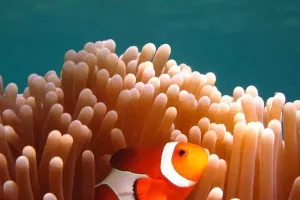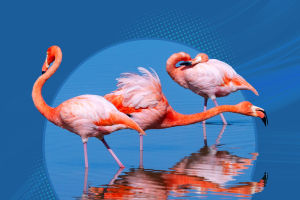Jellyfish are important plankton in the aquatic environment. Their body shape is like a transparent umbrella. The diameter of the umbrella is large and small. The diameter of the umbrella of a large jellyfish can reach 2 meters. There are some whiskers like tentacles on the edge of the umbrella, and some tentacles can be as long as 20-30 meters.
The main component of the jellyfish body is water, which is composed of inner and outer germ layers. Between the two layers, there is a very thick mesogel layer, which is not only transparent, but also floating. When they are moving, they use the water spray reflection in their bodies to move forward, looking from a distance, like a round umbrella floating rapidly in the water; Some jellyfish's umbrellas also have colorful patterns. In the blue ocean, these swimming jellyfish with different colors look very beautiful.
They can be found in tropical waters, temperate waters, shallow water areas, oceans about 100 meters deep, and even freshwater areas. Jellyfish existed as early as 650million years ago, and they appeared even earlier than dinosaurs. There are more than 250 species of jellyfish in the waters of the world, which are distributed in waters all over the world. All live in the ocean.
There is a special gland in the umbrella of jellyfish, which can emit carbon monoxide and expand the umbrella. There is a small ball on the thin handle in the middle of the jellyfish tentacle, in which there is a small listening stone, which is the "ear" of the jellyfish. Infrasound waves generated by the friction between waves and air hit the otolith, stimulating the surrounding nerve receptors, so that jellyfish can get information more than ten hours before the storm, and disappear from the sea at once.
Some jellyfish not only have variable colors, but also glow in the water. Some shine with weak light green or blue purple light, and some also have rainbow halos. When they swim in the sea, they become a dazzling ball. Jellyfish glow by a wonderful protein called aquimin, which emits strong blue light when mixed with calcium ions. The more the amount of eguimine in the jellyfish, the stronger the light it emits. Each jellyfish contains only 50 micrograms on average.


